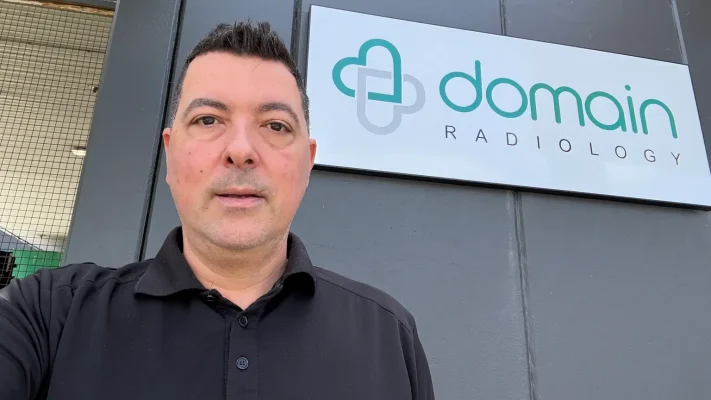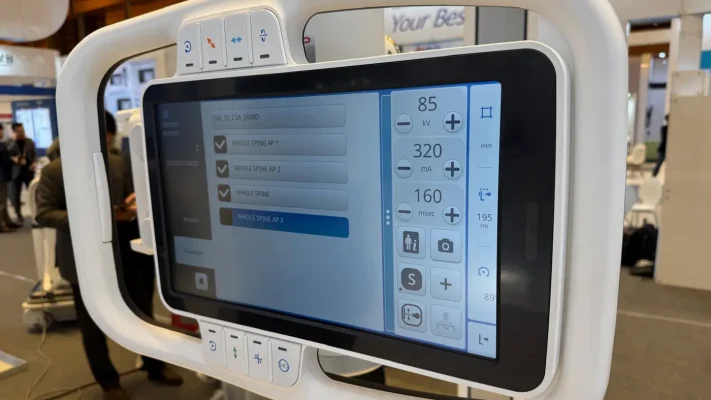Home » X-Ray Machine Repair FAQs: Maintenance, Compliance and Safety for Australian Clinics
X-Ray machine repair FAQs
What triggers a repair for an X-ray machine?
Signs may include unusual noises or vibrations, the machine taking longer than usual to warm up, deteriorated image quality or equipment age that exceeds recommended life spans. These symptoms suggest repair is needed to avoid major failure.
Who can perform X-ray machine repairs and what qualifications are required?
Only qualified, licensed technicians familiar with X-ray equipment should perform repairs. They must hold the necessary state/territory licenses, be trained on the specific machine type, and provide detailed service reports for accreditation documentation.
What are the compliance risks if an X-ray machine is repaired improperly?
Improper repairs can lead to regulatory non-compliance, compromised patient safety, risk of accreditation loss, higher radiation exposure, and equipment downtime which can affect clinical revenue and reputation.
How should a clinic handle insurance and risk management around X-ray machine repairs?
Clinics should list the X-ray machine as a specified item on their insurance policy for broader protection. Warranty coverage alone may not cover accidental damage or catastrophic failure. Proper insurance supports asset protection beyond repairs.
What is the difference between preventative maintenance and repair?
Preventative maintenance involves scheduled servicing, system checks and calibration to avoid faults. Repair is reactive—addressing faults or breakdowns after they occur. Reliable maintenance reduces the need for major repairs.
What role does equipment age play in repair and replacement decisions?
Age matters because older equipment often fails more frequently and may not meet image quality or dose efficiency standards. Clinics must monitor system age and repair history, and consider upgrade or replacement when repairs become frequent or costly.
What documentation should follow an X-ray machine repair?
The service report should include machine make/model/serial, technician details/licence, repair work performed, calibration results, and any compliance testing outcomes. This documentation supports accreditation (e.g., DIAS) and audit readiness.
How can a clinic minimise disruption during X-ray machine repairs?
Plan for downtime ahead of the repair, coordinate with the service provider, ensure backup imaging workflow or referral options, and maintain clear communication with staff and patients so service delivery continues as smoothly as possible.
When should a repair be escalated to consider system replacement?
If repairs become frequent or expensive, image quality is compromised, downtime affects patient flow, or equipment no longer meets legislative age or safety standards. At this point, replacement may be more cost-effective.
How can a service provider like Medic Cloud support repair considerations for clinics?
They provide licensed service technicians, nationwide coverage, compliance-aware servicing frameworks, detailed reporting, and guidance on repair vs replacement decisions—allowing clinics to maintain equipment reliability and compliance.
For more information read the blog about setting up a clinic or contact us today for a conversation.
Read more blogs

Subscribe to Medic Hub
Get the latest insights direct to your inbox.



